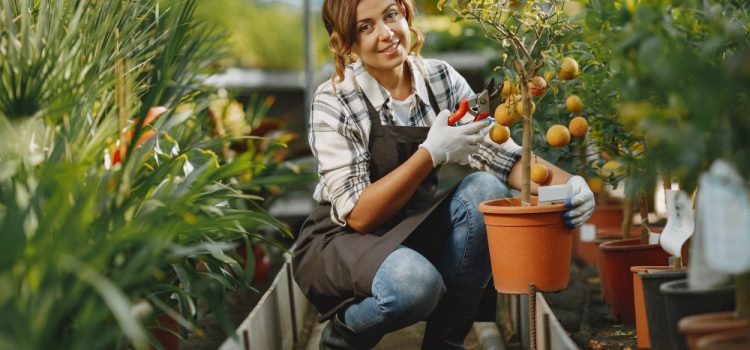
Introduction:
Companion planting is a gardening technique that involves strategically planting different crops together to maximize their potential. By selecting plants that benefit each other, gardeners can create a harmonious and productive garden ecosystem. In this article, we will explore the art of companion planting and how it can enhance your garden’s yield and overall health.
1. Understanding Companion Planting:
Companion planting is based on the concept that certain plants have mutually beneficial relationships when grown together. Some plants repel pests, while others attract beneficial insects or improve soil fertility. By carefully selecting plant combinations, gardeners can create a natural balance that reduces the need for chemical pesticides and fertilizers.
2. Pest Control:
One of the primary benefits of companion planting is natural pest control. Certain plants have the ability to repel or deter pests, protecting neighboring crops. For example, marigolds emit a scent that repels aphids, nematodes, and other harmful insects. Planting marigolds alongside vegetables like tomatoes or peppers can help keep pests at bay.
3. Attracting Beneficial Insects:
Companion planting can also attract beneficial insects that prey on garden pests. Flowers such as lavender, daisies, and yarrow attract pollinators like bees and butterflies, which are essential for fruit and vegetable production. Additionally, plants like dill and fennel attract predatory insects like ladybugs and lacewings, which feed on aphids and other pests.
4. Soil Improvement:
Certain plants have the ability to improve soil fertility by fixing nitrogen or breaking up compacted soil. Legumes, such as peas and beans, have nitrogen-fixing bacteria in their root nodules, which enriches the soil with this essential nutrient. Planting legumes alongside nitrogen-hungry crops like corn or lettuce can provide a natural source of nitrogen.
5. Companion Planting Combinations:
There are numerous companion planting combinations that have proven successful in gardens. Some popular examples include:
– Three Sisters: This Native American planting technique involves growing corn, beans, and squash together. The corn provides support for the beans to climb, while the beans fix nitrogen in the soil. The squash acts as a living mulch, suppressing weeds and conserving moisture.
– Tomatoes and Basil: Planting basil alongside tomatoes can improve the flavor of the tomatoes and repel pests like aphids and whiteflies.
– Carrots and Onions: Carrots and onions make great companions, as onions deter carrot flies, while carrots help repel onion flies.
Conclusion:
Companion planting is a valuable technique for maximizing your garden’s potential. By harnessing the power of plant relationships, you can create a thriving garden ecosystem that promotes healthy growth and reduces the need for chemical interventions. Experiment with different companion planting combinations to discover what works best for your garden. Happy gardening!










